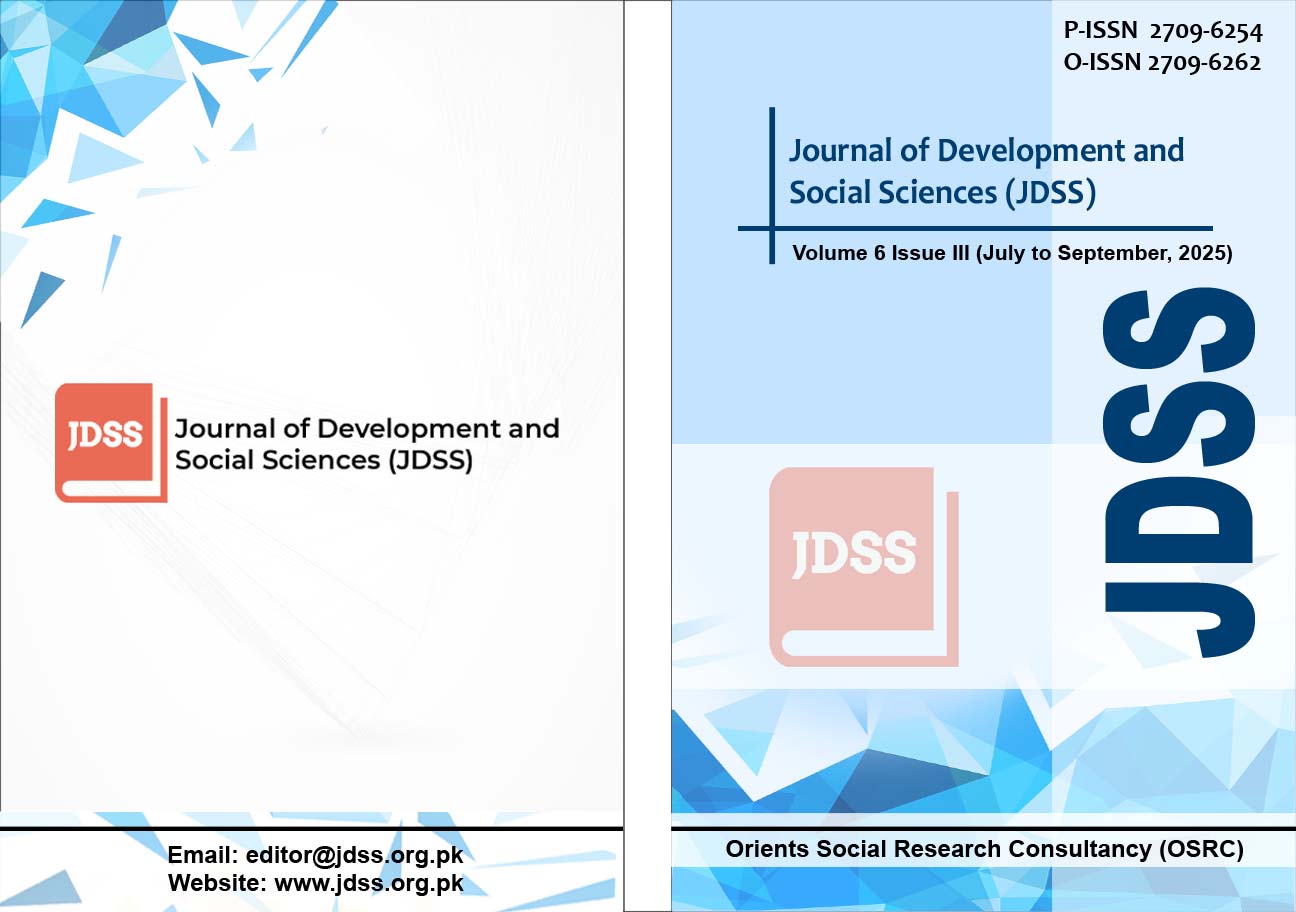Impact of Artificial Intelligence on the Business Decisions: A Qualitative Perspective
DOI:
https://doi.org/10.47205/jdss.2025(6-III)36Keywords:
Artificial Intelligence, Business, Decision Making, PakistanAbstract
Artificial intelligence is the fastest growing technology of today's world. Almost every industrial or non-industrial sector is transforming its activities towards digital technology named artificial intelligence. This study aims to investigate how artificial intelligence impact the decision making process into different industries, especially in business sectors organization. A qualitative based approach was used to analyze this study. Data was gathered from the prior published study on the domain to identify that how much artificial intelligence is impacting the decisions in business sector. From the findings of literature analysis, it was found that in Pakistani business sector artificial intelligence usage is very minimal as compared to global usage. Although there are several recommendations for the business sector as per the results of this study, the main findings suggest the business sector increase the usage of artificial intelligence in business sector to increase their decision efficiency.
Downloads
Published
Details
-
Abstract Views: 263
PDF Downloads: 170
How to Cite
Issue
Section
License
Copyright (c) 2025 Journal of Development and Social Sciences

This work is licensed under a Creative Commons Attribution-NonCommercial 4.0 International License.

ORIENTS SOCIAL RESEARCH CONSULTANCY (OSRC) & Journal of Development and Social Sciences (JDSS) adheres to Creative Commons Attribution-Non Commercial 4.0 International License. The authors submitting and publishing in JDSS agree to the copyright policy under creative common license 4.0 (Attribution-Non Commercial 4.0 International license). Under this license, the authors published in JDSS retain the copyright including publishing rights of their scholarly work and agree to let others remix, tweak, and build upon their work non-commercially. All other authors using the content of JDSS are required to cite author(s) and publisher in their work. Therefore, ORIENTS SOCIAL RESEARCH CONSULTANCY (OSRC) & Journal of Development and Social Sciences (JDSS) follow an Open Access Policy for copyright and licensing.







